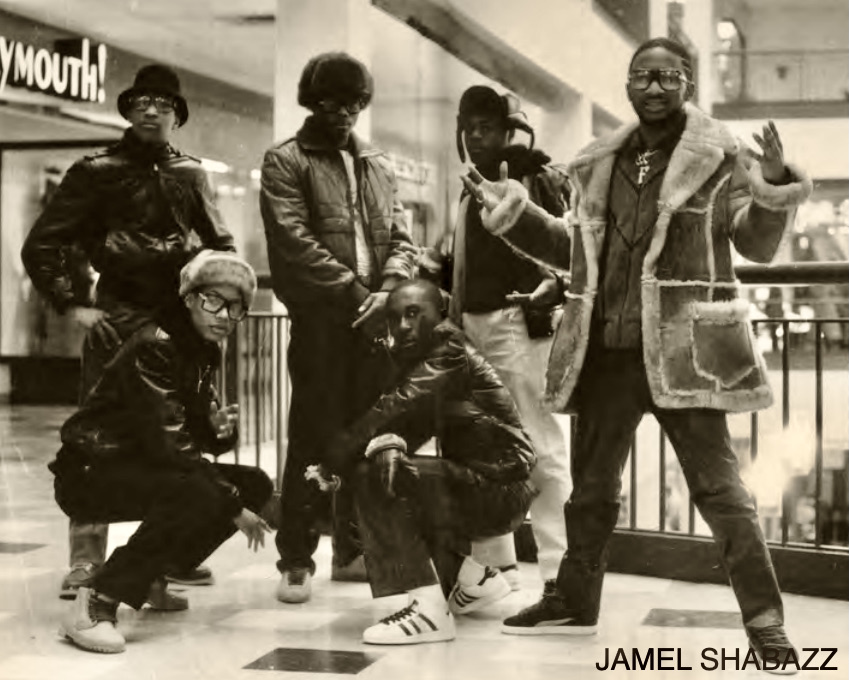



As white people flocked from the intensely redlined Brooklyn into suburbs, areas we know as trendy today like Bed-Stuy, Williamsburg and Bushwick, were deemed hazardous, dangerous places where criminals and poor people lived. It is during this era that Brooklyn was home to the largest Black community in the country. Historically, it has never been poor Black and Brown people moving into urban spaces, then destroying them. Rather Black and Brown people finding themselves in urban spaces that were predestined and planned to be abandoned. Infrastructure declined rapidly, public services were nowhere to be found and intense poverty was more and more concentrated.
